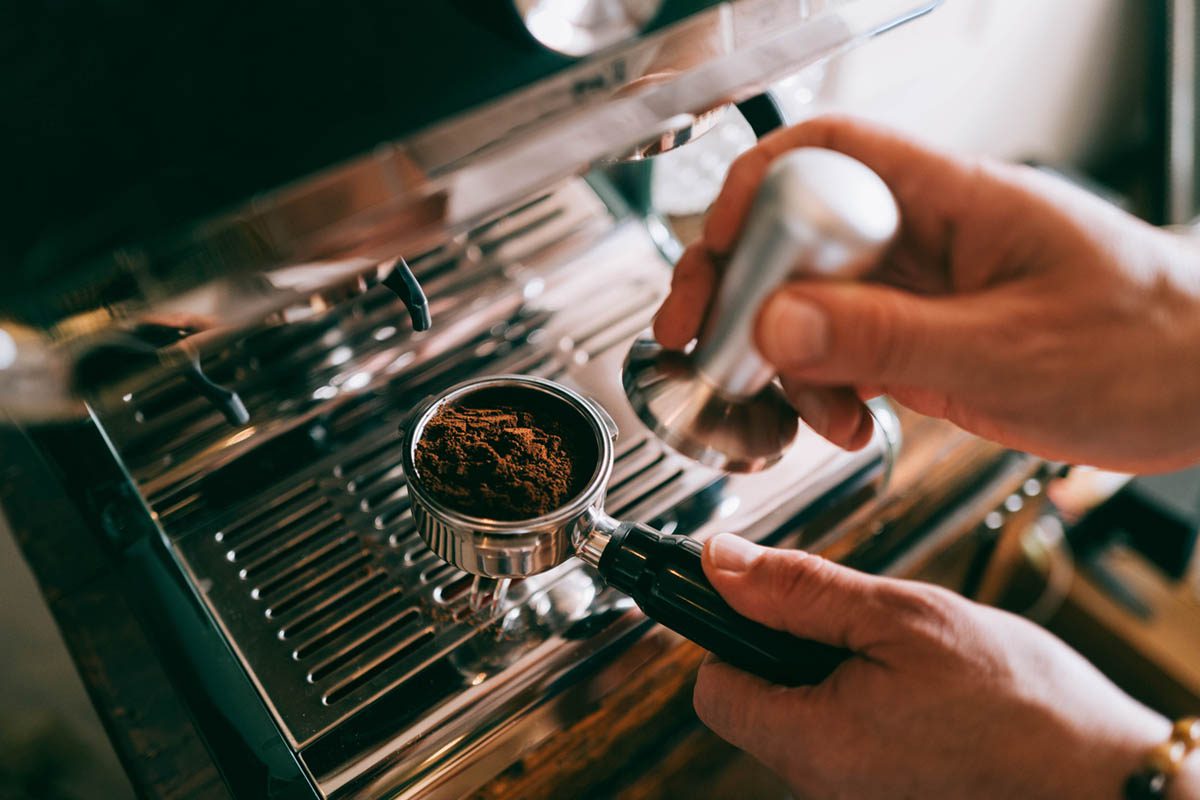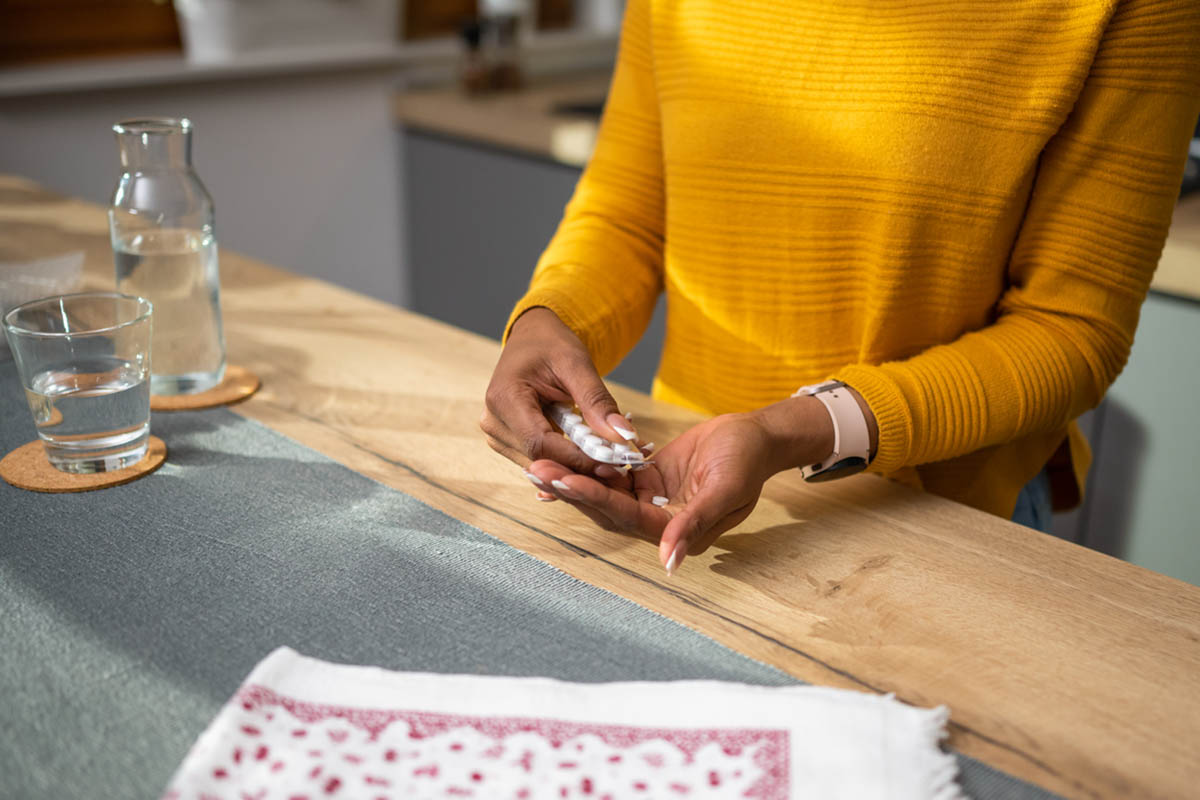
Prim Care Companion CNS Disord 2021;23(4):20l02782
To cite: Sadaf S, Mahgoub Y. Potato chips and potentially toxic lithium level. Prim Care Companion CNS Disord. 2021;23(4):20l02782.
To share: https://doi.org/10.4088/PCC.20l02782
© Copyright 2021 Physicians Postgraduate Press, Inc.
aDepartment of Psychiatry, Maimonides Medical Center, Brooklyn, New York
bDepartment of Psychiatry, Penn State Medical School, Hershey, Pennsylvania
*Corresponding author: Sumaiyah Sadaf, MBBS, Maimonides Medical Center, 920 48th St, Brooklyn, NY 11219 ([email protected]).
Lithium is a gold standard treatment for acute mania and maintenance in bipolar disorder. Serum lithium level can be affected by such factors as renal function and water and sodium balance.1 Here, a case is presented of a patient with bipolar disorder who was maintained on lithium, but changes in the salt content of her food when she was in the hospital resulted in potentially toxic lithium levels.
Case Report
A 47-year-old woman with medical history of polycystic ovary syndrome, obesity, asthma, and psychiatric history of bipolar I disorder presented to the hospital due to depression with psychotic features. Prior to this admission, she had been stable on lithium 1,200 mg, quetiapine 800 mg, and lorazepam 2 mg and was reportedly compliant. Her lithium level at admission was 0.6 mmol/L, and the trough level on the next day was 0.8 mmol/L. Subsequently, the lithium dose was increased to 1,350 mg daily to address her symptoms. Five days later, the lithium level was 1.5 mmol/L with no adverse effects or symptoms of toxicity. Her lithium level was rechecked 3 days later, but it remained unaltered, following which the lithium dose was reduced to 1,200 mg. This dose reduction resulted in no changes in the lithium level even up to 1 week. By this time, the patient’s symptoms of severe depression and psychosis improved, and there was no report of adverse effects of symptoms suggesting lithium toxicity, and, hence, she was discharged on lithium 1,200 mg daily, quetiapine 800 mg daily, and lorazepam 2 mg daily.
She was readmitted 1 month later due to worsening of depression and psychosis, but this time she was reportedly noncompliant with medication. Lithium was restarted at 1,200 mg daily, and a level of 1.1 mmol/L was achieved in 5 days. When the level was rechecked 2 weeks later, it had increased to 1.6 mmol/L with no oral dose changes. No medication interactions or changes in renal clearance were noted to explain this significant variation. With further exploration, it was discovered that she used to snack daily on 1 to 2 10-oz bags of potato chips at home, while this was infrequent in the hospital.
Discussion
Lithium is freely filtered and reabsorbed via the paracellular route at the same rate as sodium and water at the proximal convoluted tubule (PCT) of the kidney.2,3 Thus, events that lead to increased PCT reabsorption of salt and water such as low serum sodium and diuretics can potentially result in increased lithium level.4 There is also evidence that some lithium reabsorption occurs at the distal nephron segments via the amiloride-sensitive sodium channel. Thus, an increase in the [Na1]/[Li1] ratio in distal tubular fluid arriving at amiloride-sensitive channels may account for suppression of lithium ion transport4 and vice versa. Thomsen et al5 found this correlation valid in experiments wherein the clearance of lithium ion was found to be suppressed at lower dietary content of sodium and potassium.
In the case presented here, there was variation of lithium level in relation to dietary changes between the hospital and home. The patient consumed 1 to 2 family size bags of potato chips at home, each containing approximately 1.7 g of sodium, while the estimated sodium content in the hospital daily meals is < 2 g/d. In other words, her daily sodium intake was approximately reduced by two-thirds following hospitalization. This reduction caused the serum lithium levels to increase by almost 2-fold in comparison to the levels at the time of admission to the hospital on the same lithium dose.
While our patient exhibited no symptoms of toxicity at the supratherapeutic lithium levels, these may occur for other patients. Thus, it is imperative for clinicians to be aware that dietary changes can significantly affect lithium reabsorption and serum levels.
One limitation of this report is that the initial serum lithium level was not obtained at the time of her second hospitalization. However, medication noncompliance was consistently reported by the patient and family.
Published online: August 19, 2021.
Potential conflicts of interest: None.
Finding/support: None.
Patient consent: Verbal consent was obtained from the patient to publish the case report, and information was de-identified to protect anonymity.
References (5)

- Carson SW. Lithium. In: Evans WE, Schentag JJ, Jusko WJ, eds. Applied Pharmacokinetics: Principles of Therapeutic Drug Monitoring. 3rd ed. Vancouver, WA: Applied Therapeutics, Inc; 1992:34-1–34-26.
- Thomsen K, Schou M. Lithium clearance: a new research area. Phisiology. 1986;1:126–128.
- Koomans HA, Boer WH, Dorhout Mees EJ. Evaluation of lithium clearance as a marker of proximal tubule sodium handling. Kidney Int. 1989;36(1):2–12. PubMed CrossRef
- Hansen HE, Amdisen A. Lithium intoxication: report of 23 cases and review of 100 cases from the literature. Q J Med. 1978;47(186):123–144. PubMed
- Thomsen K, Shalmi M, Olesen OV. Effect of low dietary sodium and potassium on lithium clearance in rats. Miner Electrolyte Metab. 1993;19(2):91–98. PubMed
Please sign in or purchase this PDF for $40.




